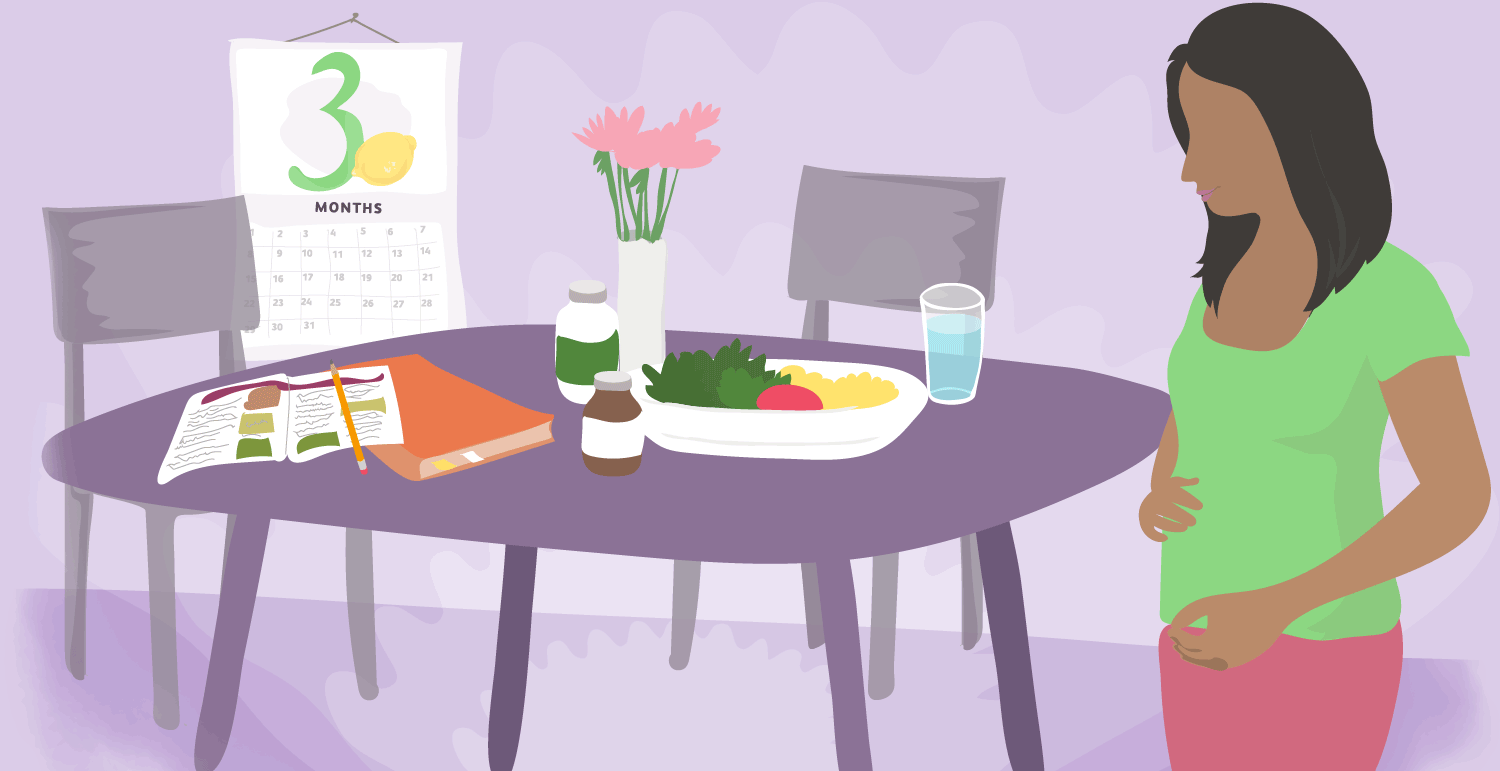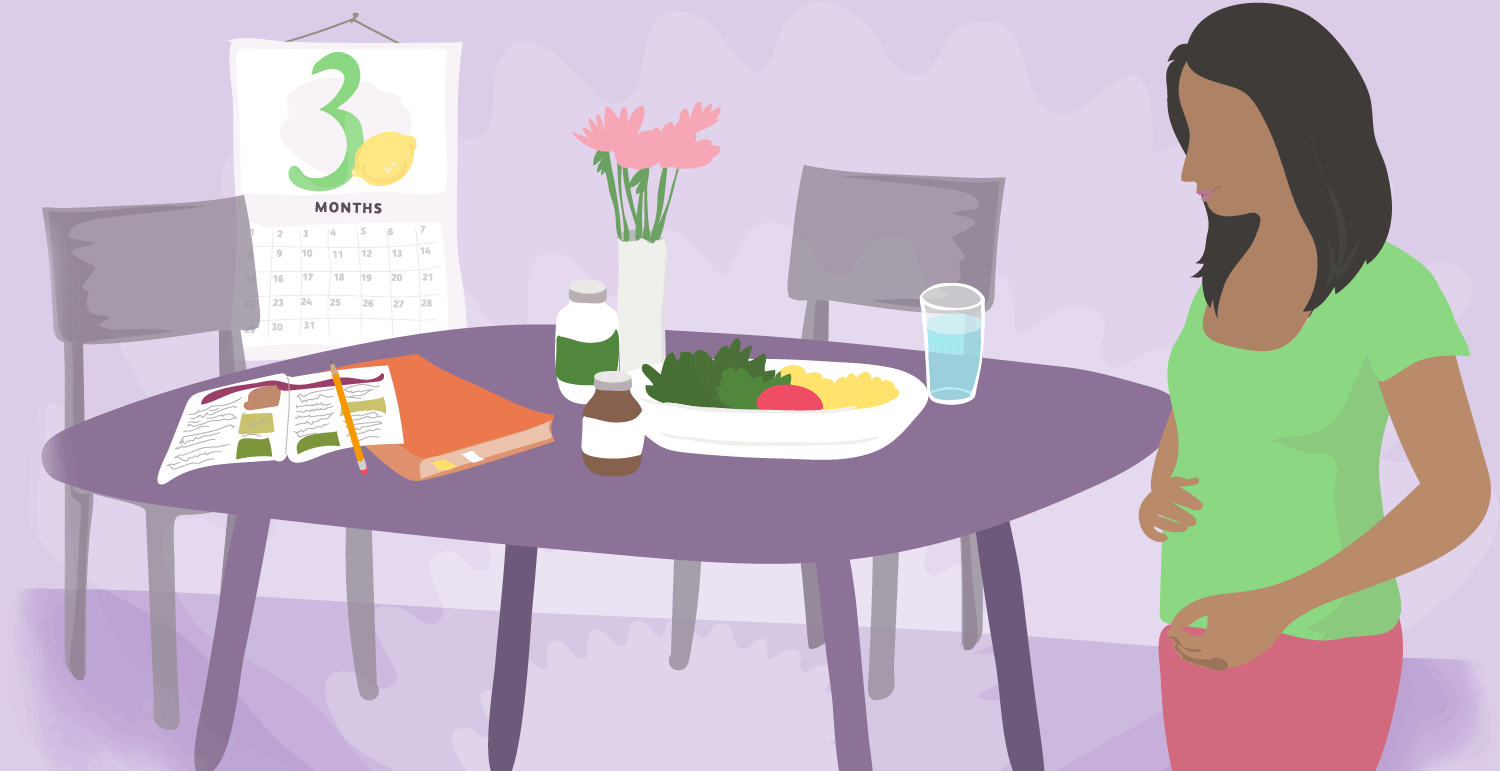-
Know your maternity care rights. Your rights may not be protected if you do not understand and exercise them.
-
Choose your maternity care provider and birth setting wisely. There are better and worse care providers and better and worse hospitals in every community. When available, birth centers are an excellent care setting for most women. Check the quality of the options in your area. Try to find care providers who offer safe, effective care options and a safe, family-friendly birth setting. Learn more about choosing a maternity care provider and birth setting.
-
Think about what is important to you, and communicate this to your care team. Your preferences and values matter. In maternity care there are often multiple options, each with their own potential benefits and harms. Often one is safer for you and your fetus/newborn than another. You are the one who should decide which benefits and harms matter most to you. Read more about your role in decision-making and the type of questions to ask your care provider.
-
Take responsibility for your health during pregnancy. This means eating well, staying active and fit, getting rest and limiting stress as much as possible. It also means learning as much as you can about pregnancy and birth, and working with your care provider to get the care you need when you need it. This website provides helpful information on these topics both before you get pregnant and throughout your pregnancy.
-
Learn about the important things your and your baby’s bodies are prepared to do around the time of birth and how to support them. Check out this booklet
-
Get the best labor support possible. Good support goes a long way to help you cope with the physical and emotional challenges of labor. Continuous labor support from a knowledgeable companion like a doula also has surprising health benefits. Such support has been shown to decrease the chance of a C-section, the need for pain medication and feelings of dissatisfaction about the birth. Find out more about these and other benefits of labor support.
-
Understand why it’s ideal to wait for labor to start on its own.In general, labor starts on its own when your body is ready to give birth and your baby is ready to be born. Most healthy, low-risk childbearing women benefit from waiting for labor to start on its own rather than inducing labor. Learn more here.
-
Plan ahead for help with labor pain.There are many options available to help you cope with labor pain. Become informed and work with your care providers to determine the best plan for you.
-
Learn how to safely prevent unneeded cesarean sections. It’s important for pregnant women to learn about cesarean (C-section) birth. This procedure is overused in the United States for a number of reasons. Fortunately, there are many things women can do to help avoid an unneeded cesarean. Get the information you need about the risks and benefits of C-section and vaginal birth after C-section (VBAC) so you can make informed decisions.
-
Mind the “couplet” in the minutes, hours and days after birth. The childbirth community calls you and your baby a “couplet” or “motherbaby” at this time to signify that you are an interconnected unit. The first hour after you give birth is often called the “golden hour.” Make it a priority to be in skin-to-skin contact with your baby right after your birth (whether vaginal or cesarean). Skin-to-skin contact has many surprising benefits at this time – weighing, bathing, etc. of healthy babies interferes with early innate couplet behaviors and bodily processes and should happen later. Get breastfeeding going early, as soon as the two of you are ready (watch for your baby’s cues!). Limit the distraction of visitors and devices as you stay together, rest and get to know and enjoy each other. Get and accept help with household tasks and keeping family and friends informed. And get help right away for any concerns about breastfeeding or the physical and emotional well-being of either of you. These tips will help keep your hormones and support network and your baby’s evolving immune system working for a good start. The two of you can powerfully connect at physical and psychological levels at this precious and fleeting time.
This list was written and published by Childbirth Connection- a program of the National Partnership for Women & Famlies.
Reference: http://www.childbirthconnection.org/maternity-care/ten-tips/




